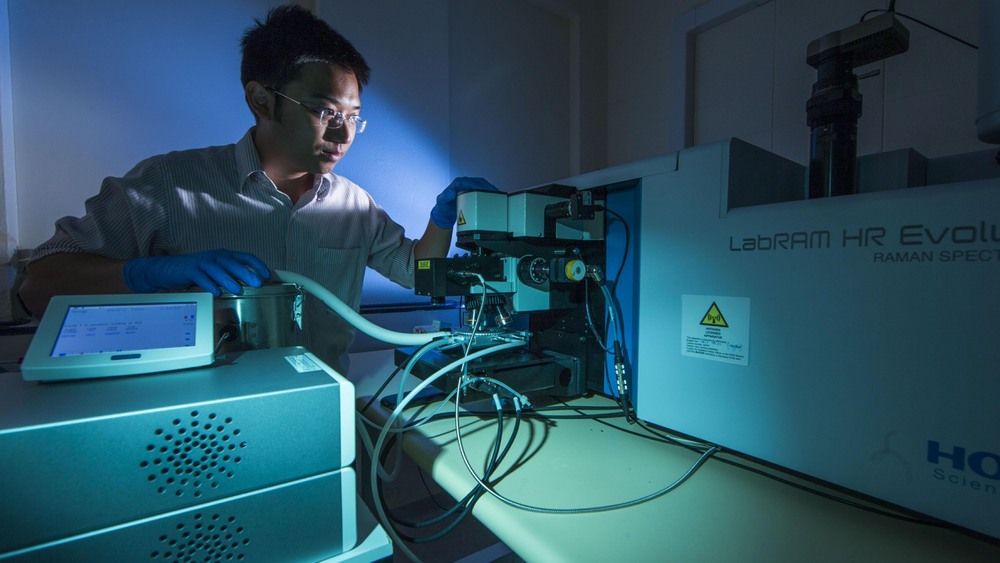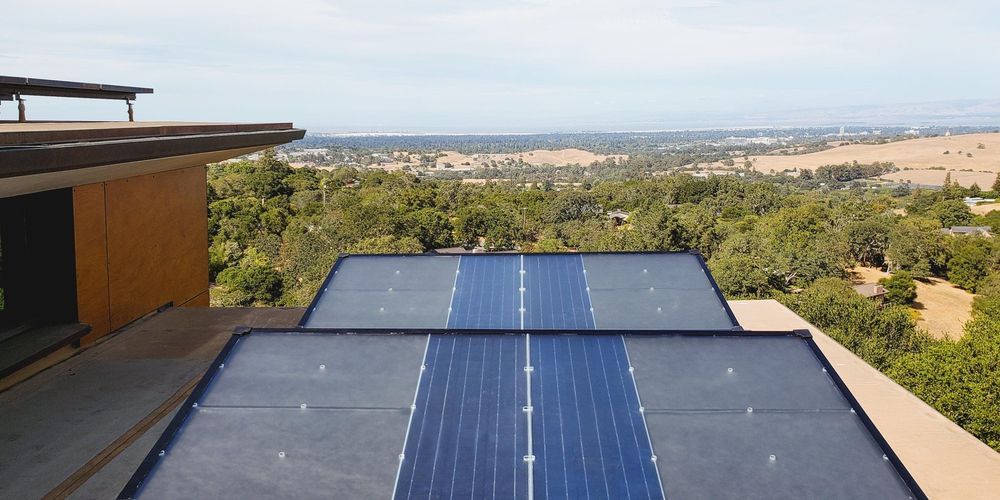Feb 3, 2019
Transparent Solar Panels Will Turn Windows Into Green Energy Collectors
Posted by Victoria Generao in categories: solar power, sustainability
A team of researchers from Michigan State University managed to develop a fully transparent solar panels – a breakthrough that could lead to countless applications in architecture, as well as other fields such as mobile electronics or the automotive industry. Previous attempts to create such a device have been made, but results were never satisfying enough, with low efficiency and poor material quality.



















